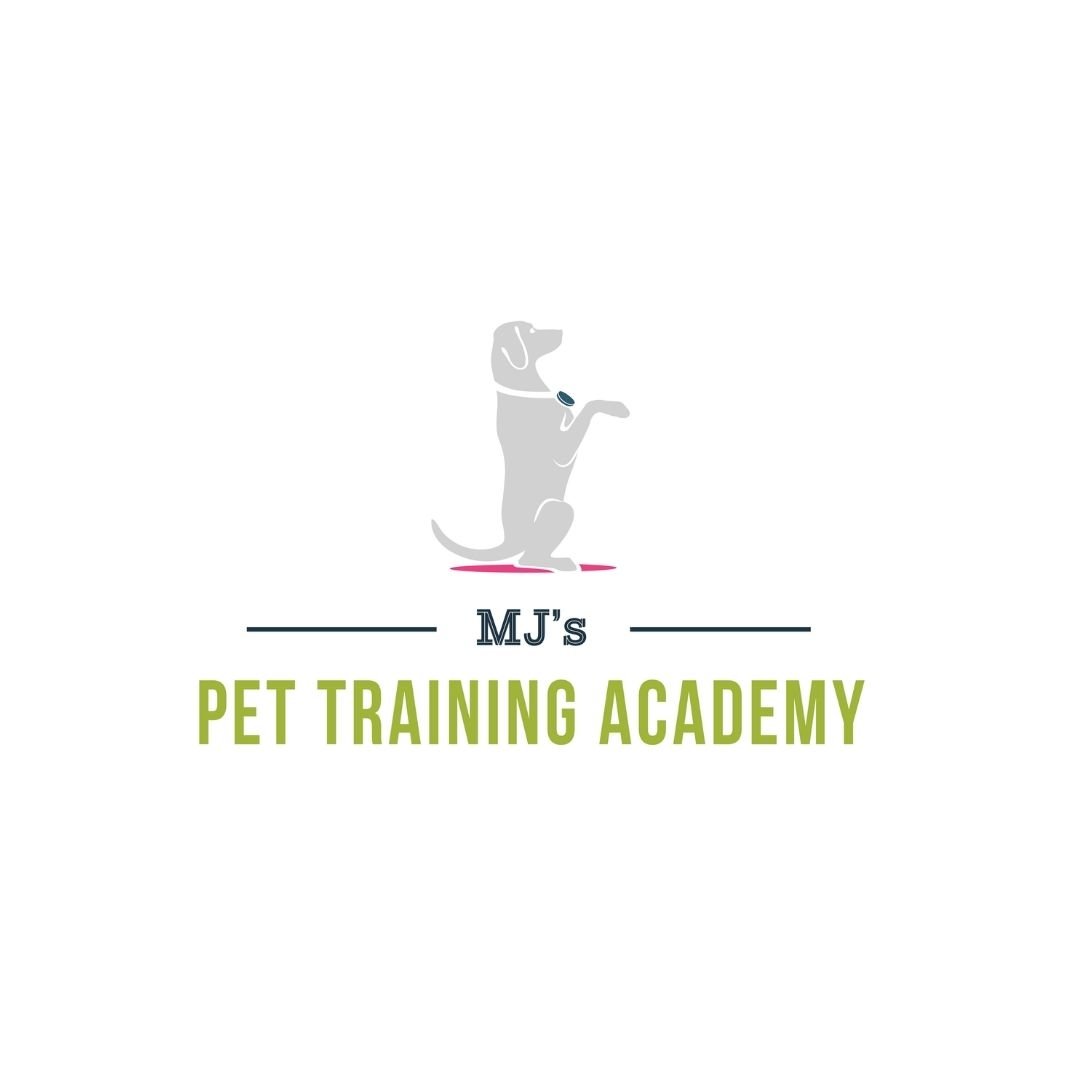Chiweenie Dog Training & Care: Small Dog, Big Personality
The Chiweenie may be small in size, but this mixed breed dog packs a whole lot of personality. A cross between the Chihuahua and the Dachshund, Chiweenies typically weigh between 5 to 12 pounds, but some may tip the scale a bit higher depending on their unique mix. It's important to help your dog maintain a healthy weight, so understanding your individual dog's ideal weight is key.
Because this is a mixed breed, there’s a wide range of appearances and temperaments, and you may not know exactly what your adult Chiweenie will look like until they’re fully grown.
Most Chiweenies share common traits such as a more compact body than a Dachshund. With proper training, they can be clever and endlessly entertaining companions.
Are Chiweenies Easy to Train?
They’re eager to learn! Like all small dogs, Chiweenies benefit from thoughtful, consistent training. Just because they’re tiny doesn’t mean they get a free pass on pulling, jumping, or barking.
Sometimes small dog behavior flies under the radar. When a Great Dane jumps on you, it’s a problem, when a Chiweenie does, it’s “cute.” That leads to confusion. Dogs of any size thrive when we clearly define what’s allowed and what’s not. Structure gives them confidence, and consistent rules make training fair and effective.
Whether it’s leash manners, jumping, barking, or recall, start early and stay consistent. Training your Chiweenie with kindness and clarity will help them thrive in your home.
Why Leash Training Matters Even for a 7-lb Dog
Chiweenies should be taught to walk politely on a leash just like any other dog. Not only is leash pulling annoying, it can also cause strain on a small dog’s body and spine. Remember: just because your dog can’t pull you down the street doesn’t mean they should pull at all.
Polite walking is a life skill, not just a trick. You’ll thank yourself (and your Chiweenie will thank you) for investing time into this early on.
Handling, Grooming, and Vet Care
Whether you’re starting with a puppy or welcoming an adult Chiweenie into your home, teaching your dog to be comfortable with handling is a must. Nail trims, ear checks, and brushing should all be part of your routine. This is important not just for appearance, but for health.
Chiweenies don't usually require fancy grooming, even the long-haired ones. A little tidying, regular brushing, and routine care for nails, ears, and teeth are usually sufficient. You’ll also want to monitor their weight closely. Small dogs can gain weight fast, especially during training if you’re using lots of food rewards.
To keep training healthy, try:
Using your dog’s regular kibble as treats
Mixing in play, praise, and toys
Using lickable treats for high-value rewards
Keeping treat portions small
Don’t Just Pick Them Up. Train Them!
One of the most common mistakes small dog owners make? Picking up the dog instead of training through a behavior. If your Chiweenie is barking at another dog for example, this is a behavior to work on to help your dog become more comfortable and reduce barking. It's completely fine to pick up your dog for safety and to manage a situation, but if this happens regularly, you know it's something to work on.
Of course, it’s fine to carry your Chiweenie at times, but surprise-picking them up, especially in stressful moments, can be confusing or even frightening. Over time, some dogs may grow avoidant or defensive about being picked up.
Instead, teach a “pick-up cue.” I like to use “Arms!”:
Say your pick-up cue.
Pick up your dog gently.
Offer a small treat.
Place them back down.
This makes being picked up predictable and safe. It also gives your dog a say in the interaction which is huge for trust.
Training Ideas for Chiweenies: Tricks, Games & More
These dogs are smart, and they love a challenge. Enrichment and problem-solving activities go a long way toward keeping a Chiweenie happy and balanced.
Ideas to try:
Food puzzles and snuffle mats
Canine scent work games
Trick training (yes, they can learn to spin, bow, and back up!)
Canine freestyle (look up small dog routines for inspiration)
Interactive toys that require thinking and working for rewards
Chiweenies often love to dig or burrow, traits that can be traced back to their Dachshund roots. Use this! Let them dig in designated areas or use nosework games to satisfy that natural curiosity.
Understanding Your Chiweenie’s Breed Mix
To really understand your Chiweenie, it helps to learn a bit about both parent breeds:
Dachshunds are in the hound group, originally bred to hunt badgers. They’re determined, diggers, and often have a strong prey drive.
Chihuahuas are expressive. They form strong bonds with their people and thrive on attention.
Depending on their lineage, your Chiweenie may lean more toward one side or the other, or fall somewhere right in between. Some Chiweenies are calm and cuddly, while others are high-energy explorers.
And sometimes? You’re not 100% sure of their mix. That’s okay. Whether they’re a “true” Chiweenie or a mix of several breeds, what matters most is meeting your dog where they are, understanding their needs, and helping them become the best version of themselves.
Final Thoughts: Small Dogs, Big Training Wins
Chiweenies are hilarious, loving, and full of spirit. They need structure, enrichment, and training just like their larger canine cousins. When you put in the time to understand their behavior, provide clarity, and respect their communication, the results are incredible.
Train your Chiweenie with intention, and you’ll have a clever little companion who’s a joy to live with.
Phoebe the Chiweenie is a Puppy Skills graduate.
Owned by Lisa P.


